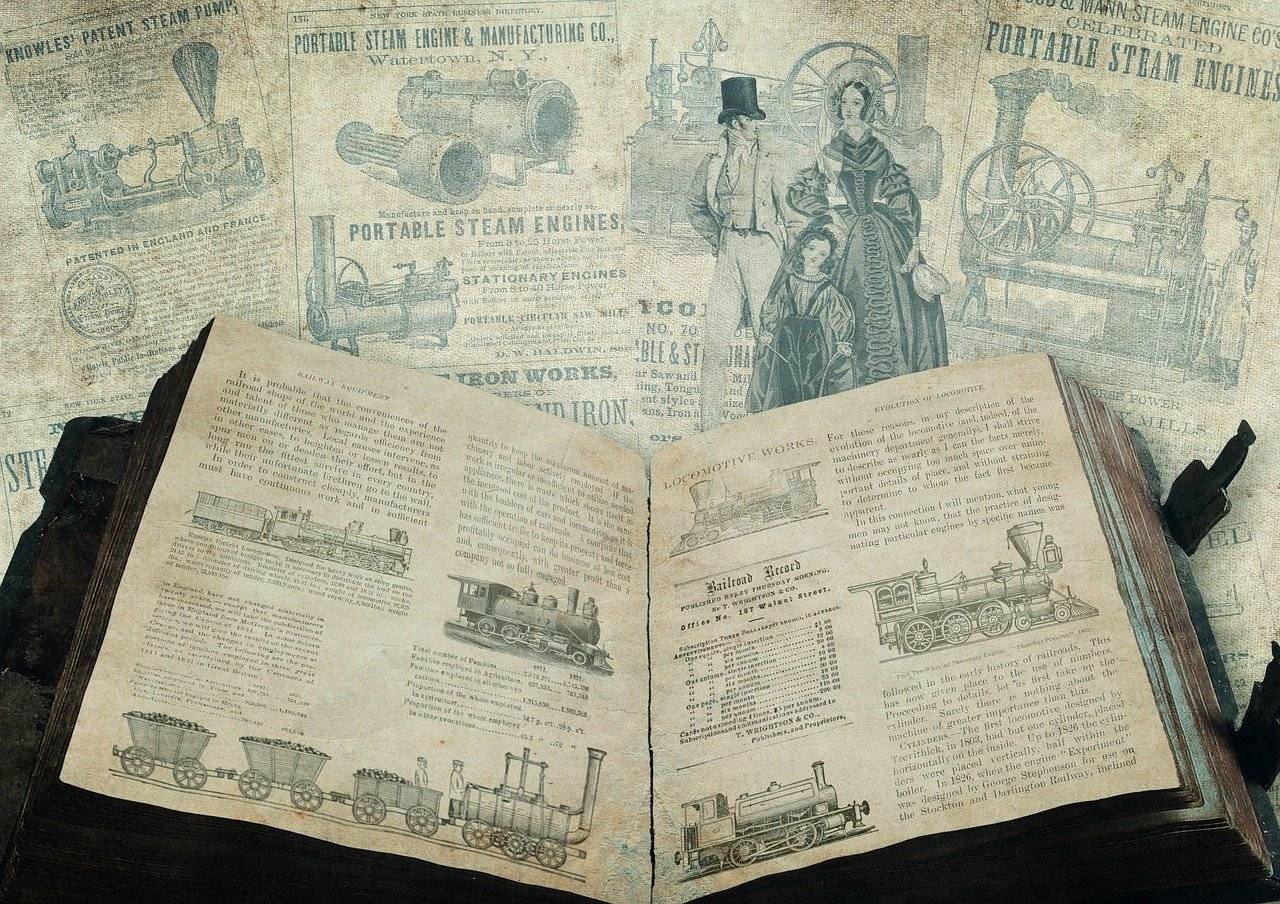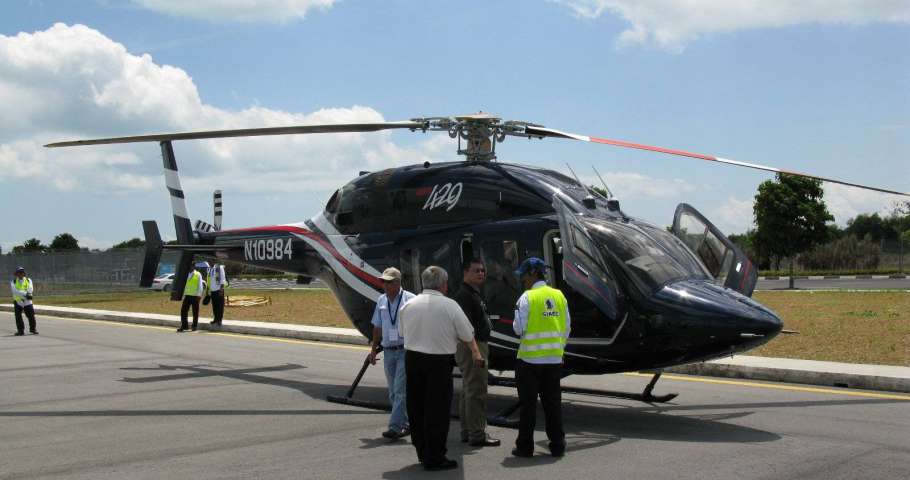Mark Twain once said “Get your facts first, then you can distort them as you please”. How is this relevant to this Compulsory Licensing post here? You need to read on to discover that.
The history of Compulsory Licensing can be traced back to the UK Statute of Monopolies in 1624, which ruled out monopolies associated with patent, and stated that grants should not be mischievous to the State‘ or hurt trade. The UK recognized compulsory licensing in terms of non-working and stipulated rules to prevent patents from not being worked commercially. The current system of compulsory licensing for patents in India is contained in Chapter XVI of the Patents Act 1970, under the sections 82 to 94.
India and its IP policies have since long, been the target of constant accusations. The two words that make it to the center stage in every such accusation are none other than “Compulsory License”. Time and again India’s IP policies have been pulled into the witness box, accusations leveled and charges read. However, India’s stand has been pretty clear as it has always pleaded not guilty. The Natco v. Bayer case is perhaps one of the most cited cases in relation to Compulsory Licensing. And why shouldn’t it be? It was after all, the first ever Compulsory License granted to a company anywhere in the world post TRIPS agreement.
The case was a global phenomenon and marked the start of a never ending debate. Let’s take a quick look on what this case was all about. In an order dated 9 March 2012, the Controller of the Indian Patents Office ruled against German pharmaceutical giant Bayer Corporation which owned the patented drug “Sorafenib tosylate” used for the treatment of advanced stages of kidney and liver cancer. The drug was called Nexavar. Bayer launched the drug in 2006. It received a licence to import and market the drug in India on 1st August 2007. The Patent Office found that Bayer did not import the drug at all in 2008 and only started importing it in small quantities in 2009 and 2010. Seeing that Bayer was not making the drug accessible to more people, Natco applied for a compulsory license under Section 84 of the Patents Act, 1970 which was then granted by the controller and upheld later by the Bombay High Court.
It has been three years since the grant of the first Compulsory Licensing and not one single more Compulsory Licensing has been granted since then. Surprisingly only 3 more compulsory license claims have been made in India since the Bayer case. The second Compulsory Licensing claim was made in the case of Emcure Pharmaceuticals v. Roche, for Roche’s Drug “Trastuzumab” commonly known as Herceptin. However, the Department of Industrial Policy and Promotion (DIPP) denied the Ministry of Health in proceeding with this application, which had made a request under section 92 of the Patents Act, which allows for the government to file for a license in cases of national emergency. The third case or the second true case in actuality was between BDR Pharma and Bristol Myers Squibb (BMS) where, BDR Pharma filed for a Compulsory License in March 2013, for Bristol Myers anti-cancer drug “Dastanib”. The Controller rejected the compulsory license application of BDR Pharma on 29th October, 2013 on the grounds that BDR Pharma could not make out a prima facie case for the grant of a compulsory license, because as the applicant, BDR Pharma had failed to make efforts to obtain a voluntary license from the patentee on reasonable terms and conditions.
The third and the most recent case was that of Lee Pharma v. AstraZeneca, where Lee Pharma, a Hyderabad-based Drug manufacturer, filed a Compulsory Licensing Application in accordance with Section 84(1) of the Indian Patents Act, on 29th June 2015. The Compulsory Licensing application was made against one of the patented drug “Saxagliptin” used in the treatment of Diabetes Mellitus. The Patent on Saxagliptin was granted to Bristol Myers Squibb (BMS) in India on 30thApril 2007 which was assigned to AstraZeneca by way of Deed of Assignment. Lee Pharma alleged that AstraZeneca had been importing the drug at less than a rupee but charged as much as Rs 45 for each tablet, driving up the cost of therapy beyond the reach of most Indian patients. It also contended that AstraZeneca had not made sufficient efforts to make the drug in India, running in contravention to the existing patent laws of the country. The Controller however found that, a prima facie case could not be made out for making an order under Section 84 of the Patents Act and issued his decision on the 12th of August, 2015 in favor of AstraZeneca.
The Indian Pharmaceutical Association and IPA also tried testing the waters of Compulsory Licensing against Gilead Pharmaceuticals, but stopped short of a bitter fight and showcased a rare case of bonhomie with Gilead. The Compulsory Licensing would have been sought for Gilead’s Drug Sofosbuvir, which is used in the treatment of Hepatitis C, but Gilead made a smart move when it signed deals with various companies including Zydus, Cipla, Natco, Mylan, Abbot India, Dr. Reddy’s Laboratories, Hetero Healthcare, Ranbaxy and Biocon. Similarly some other major deals struck between other pharma majors are as listed below:
- Strides Acrolabs Ltd. and Gilead Sciences Inc. – Deal struck for manufacturing of HIV/AIDS drugs
- F Hoffman La Roche Ltd and Emcure Pharmaceuticals Ltd – Deal struck for manufacturing of 3 patented cancer drugs
- Merck and co., MSD Pharmaceuticals Pvt. Ltd. and Sun Pharmaceuticals – Deal struck for manufacturing of 2 patented diabetes drugs
- Novartis AG and Lupin – Deal struck for manufacturing and sale of Novartis’ patented drug Onbrez , for treatment of chronic obstructive pulmonary disease (COPD)
- Bayer and Cadilla Healthcare
- Gilead Pharmasset deals signed with Zydus, Cipla, Natco, Mylan, Abbot India, Dr. Reddy’s Laboratories, Hetero Healthcare, Ranbaxy and Biocon
Can these deals being made be said to be a result of the fear of compulsory license? The answer to this is NO. The strategy behind such partnerships is generally to increase profits and cannot be attributed to the fear of CLs on essential drugs, as is generally believed
This consolidated statistics table provided below indicates the number of applications filed in each of the sectors as mentioned above with respect to the corresponding year
| Year | Drug | Electrical | Computer or electronics | Communications |
| 2009-2010 | 3070 | 2736 | 7646 | NA |
| 2010-2011 | 3526 | 2719 | 9594 | NA |
| 2011-2012 | 2726 | 4160 | 4225 | 4390 |
| 2012-2013 | 2954 | 3568 | 4424 | 4163 |
| 2013-2014 | 2507 | 4371 | 4410 | 4039 |
The first compulsory license was granted in 2012. The data in the above table cites the statistics of only some of the sectors in the Patent sphere. The filings in some of the sectors shown here indicate that there has not been the kind of change (decrease) in filings that needs to follow an event so important such as the grant of a Compulsory Licensing. The statistics for pharma patents filed after 2012 do not indicate the kind of drop in numbers that ideally should follow in an event such as the grant of a compulsory license. The number of patents filed in 2012-2013 in fact, show a slight increase in the filings even if not a major increase in the pharma sector. The filings made in case of the computer/electronics sector also show an increase after the grant of the first Compulsory Licensing. Arguments that compulsory license impede innovation are thus not supported by substantial facts, because the statistics in fact speak a different story. In the year 2014, the IPO released the draft guidelines for examination of biotechnological invention and examination of pharmaceutical inventions, similarly this year the IPO released guidelines for examination of computer related inventions. The impact that such guidelines have on filings is yet to be studied, as is the effect of Compulsory Licensings on filing trends. However, at this point of time, it is important that we do not presume that any drop in filings is the result of the fear of Compulsory Licensings.
Despite the often questioned IP Policies of India, it is to be noted that the total number of filings made every year has only shown an increase indicating that the state of affairs are not as bad as they are generally understood. There are several limitations with respect to the effective functioning of the Patent Office such as the lack of availability of skilled human resource, lack of the start of the art utilities, infrastructure to name a few. Only when these requirements are met can we expect the Patent Office to function at par with the USPTO or the EPO, which ultimately would exponentially increase the statistics available to us today.
In conclusion to this, a quote by Karl Marx seems very apt to end this note “History always repeats, the first time is a tragedy, the second is a farce”.
Authored by Gaurav Mishra



